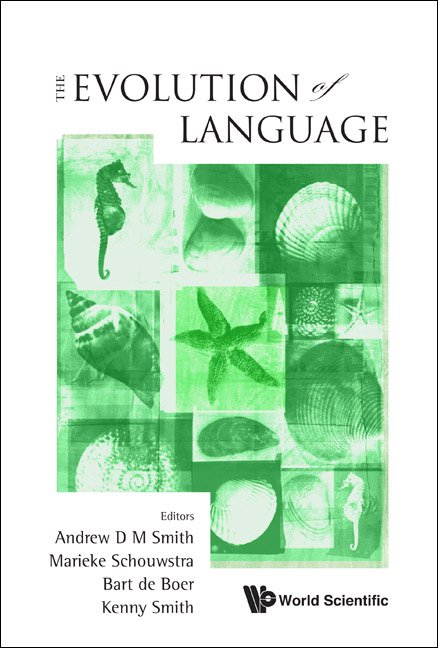ON THE ORIGIN OF UNIVERSAL CATEGORIZATION PATTERNS: AN IN SILICA EXPERIMENT
The Category Game is a computational model designed to investigate how a population of individuals can develop a shared repertoire of linguistic categories, i.e. co-evolve their own system of symbols and meanings, by playing elementary language games (Puglisi, Baronchelli, & Loreto, 2008). Consensus is reached through the emergence of a hierarchical category structure made of two distinct levels: a basic layer, responsible for fine discrimination of the environment, and a shared linguistic layer that groups together perceptions to guarantee communicative success. The only parameter of the model is the Just Noticeable Difference (JND) of the agents defined as the smallest detectable difference between two stimuli. Remarkably, the number of linguistic categories turns out to be finite and small, as observed in natural languages, even in the limit of an infinitesimally small JND. As in pioneering work on the coevolution of language and meaning (Steels & Belpaeme, 2005), finally, the shared categorization is reached through pure cultural negotiation, but in the Category Game the individuals are additionally able to categorize a continuum environment. The analogy with color categorization is therefore natural (Steels & Belpaeme, 2005; Puglisi et al., 2008), even though computational modeling implies a large number of (even drastic) simplifications.
Here we focus on the (much debated (Lakoff, 1987)) question of the origins of universal (i.e. shared) categorization patterns across cultures. In particular, we report on an in silica experiment pointing out that cultural and linguistic interactions can induce universal patterns in categorization provided that the human perceptual system is taken into account (Baronchelli, Gong, Puglisi, & Loreto, 2009). We simulate, through the Category Game model, a certain number of non-interacting populations each developing its own synthetic language. We find universal categorization patterns among populations whose individuals are endowed with the human JND function, describing the resolution power of the human eye to variations in the wavelength of the incident light (Long, Yang, & Purves, 2006). We furthermore show that, on the contrary, populations whose individuals' JND is uniform do not exhibit any signature of universality. In particular, we repeat the same statistical analysis performed in (Kay & Regier, 2003) and find that the difference between these two classes of simulated populations is in striking agreement with the difference between the experimental World Color Survey data and their randomized counterparts.
Remarkably, the model we present (i) incorporates a true feature of human perception (i.e. the human hue JND), and produces results (ii) testable against and (iii) in agreement with experimental data. Our work not only corroborates the findings of (Kay & Regier, 2003), but also validates the hypothesis that the universal properties of human visual system are probably involved in the regularities of color nomenclatures of the world's languages.
Note from Publisher: This article contains the abstract and references.



